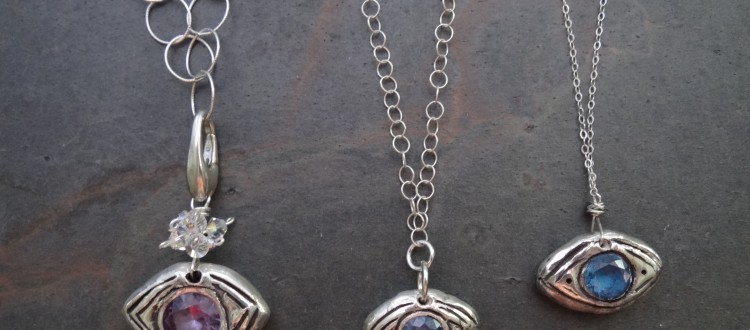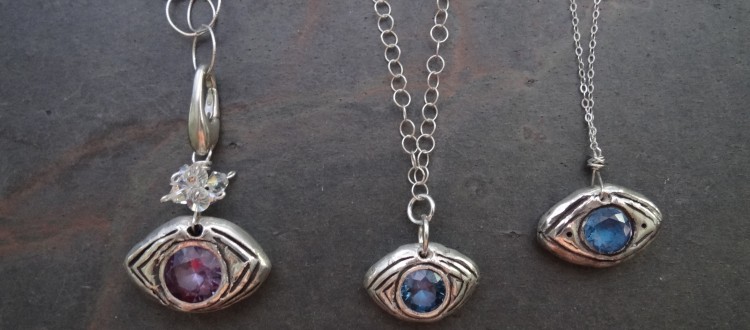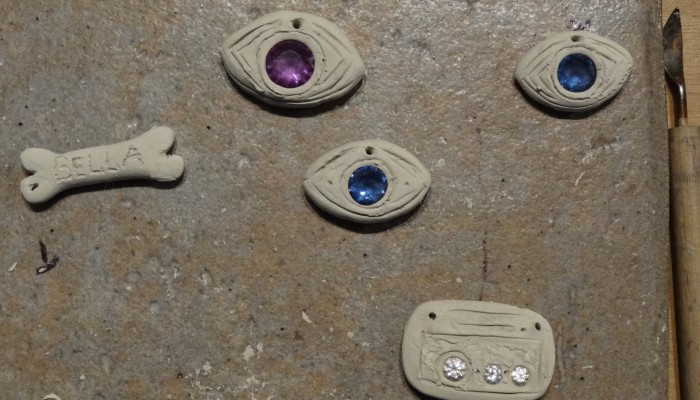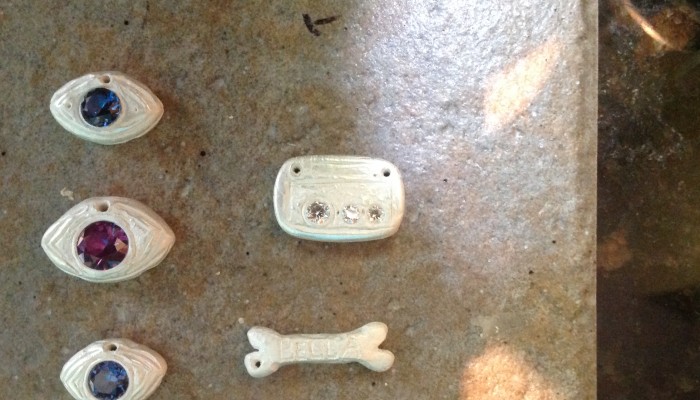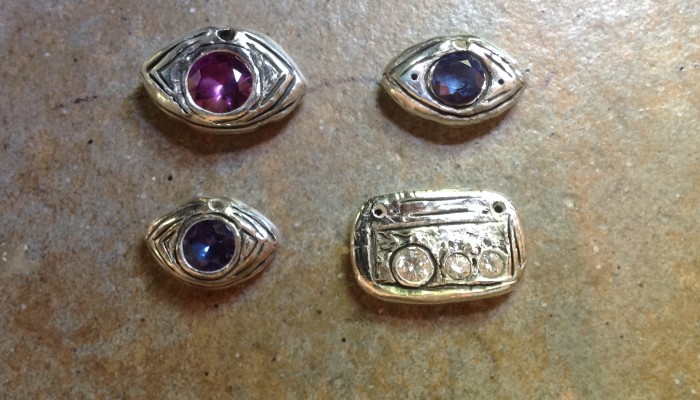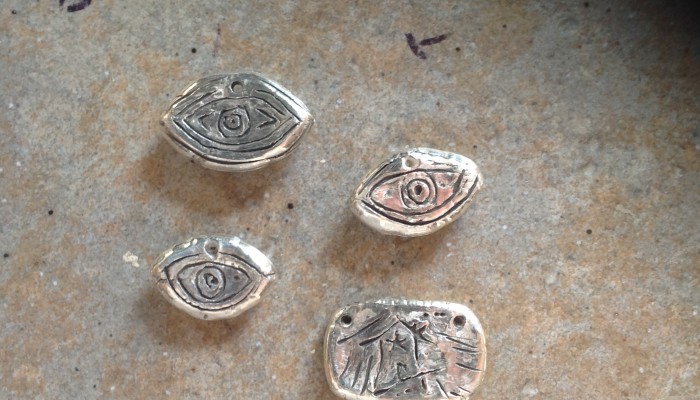Love – Learn – Create
Love and learn: then create.
So much of what I do on a day to day basis is self taught or rather trial through error. Professionally I was trained as a Clay artist/potter with my educational background in Fine Arts at Miami University of Ohio: that’s right, in Ohio, the Miami Valley; Not Florida. When I transitioned into making jewelry: it was all self taught. Photography: self taught (though, I must admit, it must run in the family as my father was a professional photographer specializing in photographing steam locomotives and trains.) Marketing and graphic design; the same: self taught. Even this blog; is self taught with A Lot of help from friends who know what they are doing!
But, really; when it comes to day to day stuff, who isn’t truly self taught? We learn through practice and experience, trial and error, and just plain Time. For those that are “hands on” learners and for those that learn through reading and following directions, we all end up in the same place. As my late mother always said, “practice makes perfect.” Well, maybe not always perfect, but we learn. We grow. We get better.
So, when I forayed into making metal clay, I used my background knowledge of Clay, firing, and then just tried to figure out the rest. I don’t make metal clay pieces the way a lot do, for me, it is far more organic. The medium is very finicky, as you have a small window of time to get it right before your clay starts to dry up, or change, or (as I call it) gets “cranky.” Most of what I have learned over the years is through trial and error, client feedback, and my own personal use/ wearing of this material’s final product.
So, a little background in this crazy stuff called Metal Clay. I’ll talk silver clay only, as that is what I use, though many other metals are available. PMC or Precious Metal Clay was originally developed in the early 1990s in Japan by the Mitsubishi company as an alternative medium for jewelry artists. The product consists of fine Silver powder that is suspended in an organic binder that, once formed, is then heated or fired to approximately 1200 degrees. (Each brand or metal clay fires to varying specified temperatures.) When heated or fired to the specified temperature, the organic binder burns out, leaving you with the fused silver powder: a porous metal. The material is initially clay like and can be formed, squished, built up, and sanded. Once fired the material, now metal, can be polished, oxidized, etc. My process for each Metal clay piece or pendant I make involves a 10 step process from start to finish. My polishing process is at least 6 steps for a finished piece, including a “dip” in an anti tarnishing solution.
It took me years to delve into firing stones with the metal clay. Between my comfort level and the market adjusting to the metal clay popularity where more suppliers began advertising what stones were metal clay/heat friendly, I felt more confident to experiment with using stones. Again, self taught. I, inadvertently, waited until the market caught up and made it easy for me.
0

